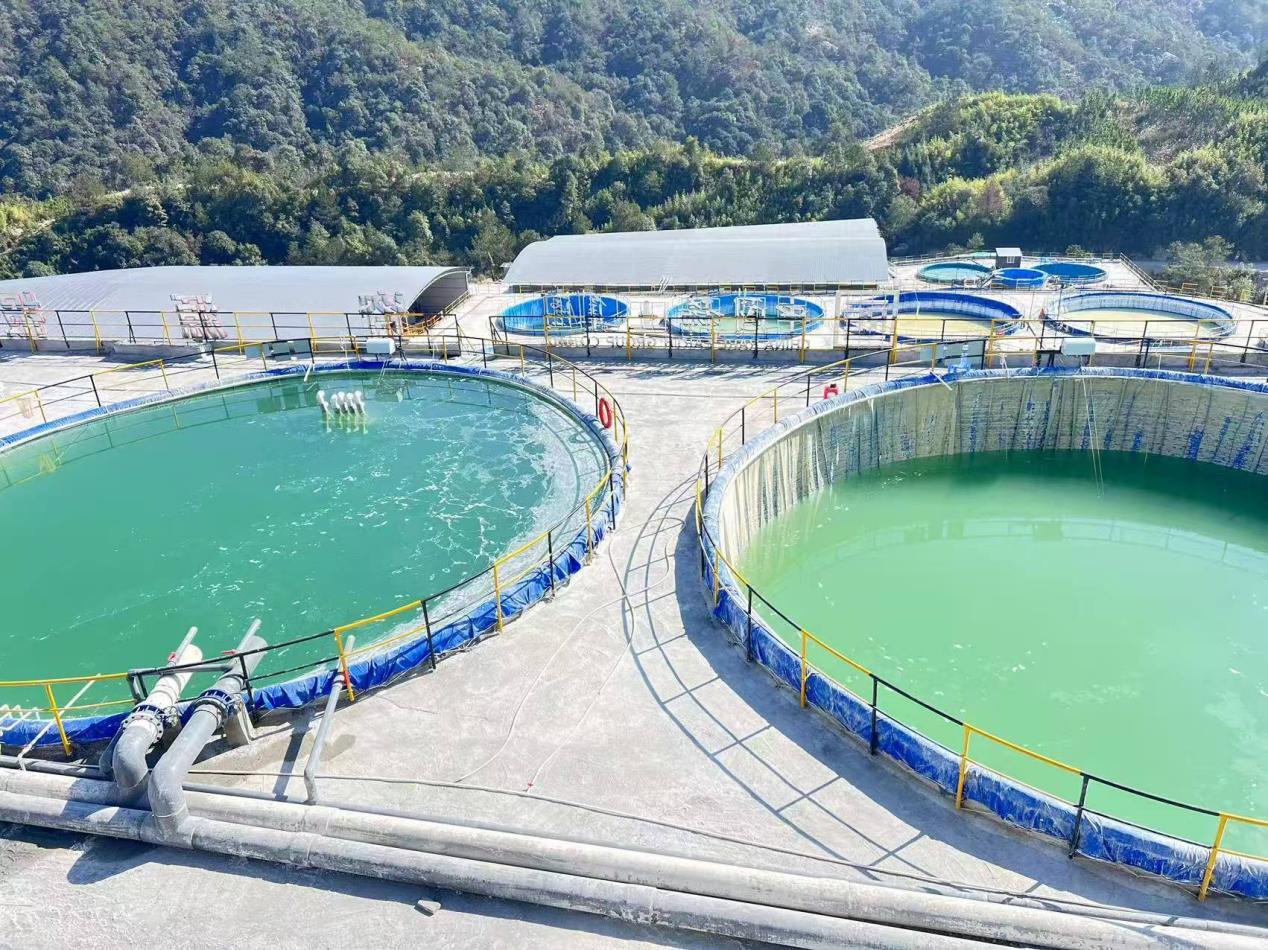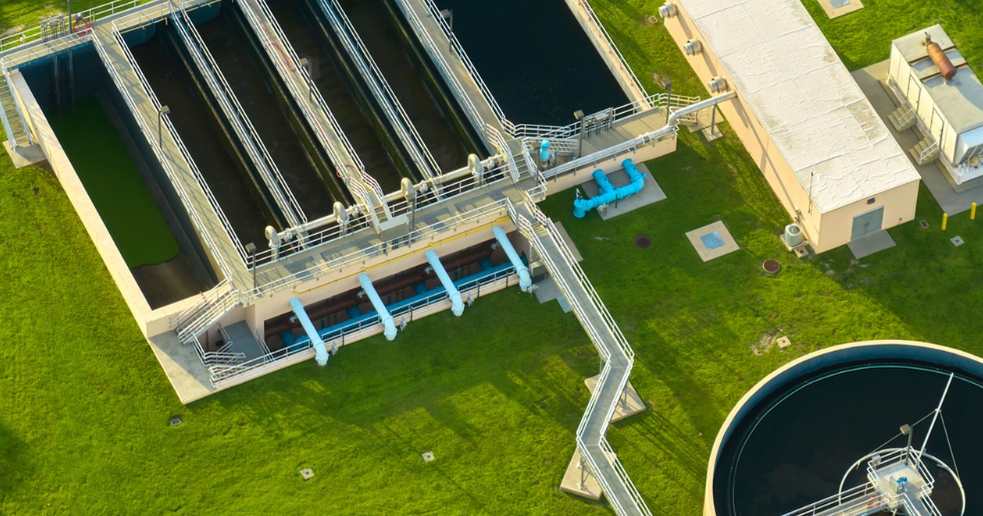In textile and dyeing industries, excessive foam in wastewater is a common challenge caused by surfactants, dyes, and organic compounds. A defoamer (or foam remover) designed for this specific context—known as defoamer for textile wastewater or defoamer for dyeing wastewater—plays a critical role in maintaining efficient wastewater treatment processes. These specialized industrial defoamers eliminate foam to ensure smooth operations, prevent equipment damage, and comply with environmental discharge standards.
Why Foam Occurs in Textile and Dyeing Wastewater
During textile processing and dyeing, chemicals like detergents, sizing agents, and dyes introduce surface-active substances that lower water surface tension, promoting foam formation. Foam can hinder oxygen transfer in aeration tanks, reduce treatment efficiency, and cause overflow issues in pipelines or treatment tanks. Untreated foam may also carry pollutants, complicating solid-liquid separation and violating discharge regulations.
How Defoamers Work
Industrial defoamers for textile and dyeing wastewater are formulated to disrupt foam stability. They act in two main ways:
1.Foam Destabilization: Compounds like silicone oils, mineral oils, or polyglycols penetrate foam bubbles, breaking their thin liquid films and causing collapse.
2.Foam Prevention: Antifoaming agents inhibit new bubble formation by reducing surface tension unevenness, preventing surfactant molecules from stabilizing air-water interfaces.

Key Features of Specialized Defoamers
-High Efficiency: Effective even at low dosages, quickly suppressing both existing foam and future foam generation.
-Temperature and Chemical Resistance: Stable in the high-temperature, alkaline, or acidic conditions typical of dyeing and finishing processes.
-Compatibility: Mixes well with wastewater without interfering with subsequent treatment steps like coagulation, flocculation, or biological degradation.
-Environmentally Friendly: Modern formulations are often non-toxic and biodegradable, meeting strict industrial wastewater discharge requirements.
Applications in Wastewater Treatment
-Pretreatment Stages: Controls foam during scouring, bleaching, or desizing, where surfactants are heavily used.
-Biological Treatment Tanks: Prevents foam buildup in aeration basins, ensuring optimal microbial activity for organic matter degradation.
-Discharge Systems: Ensures foam-free effluent to avoid regulatory issues and environmental impacts.
Choosing the Right Defoamer
Selecting a defoamer depends on wastewater characteristics (pH, temperature, chemical composition) and process requirements. Silicone-based defoamers are popular for their strong antifoaming power, while oil-based or solid formulations may be preferred for specific high-viscosity applications.
Conclusion
A reliable defoamer for textile and dyeing wastewater is essential for maintaining efficient, compliant wastewater treatment in the textile industry. By eliminating foam-related inefficiencies and environmental risks, these industrial defoamers ensure smooth operations, protect equipment, and support sustainable manufacturing practices. Whether managing pretreatment, biological treatment, or final discharge, choosing the right defoamer is key to overcoming foam challenges in this chemically complex sector.
As a professional chemicals manufacturer in the water treatment Industry, Sanmei have helped more than 5,000 plants with process solutions and helped them improve production efficiency, reduce costs, and optimize profit plans. Our main goal is to assist you in optimizing production efficiency and profitability in a sustainable way. Welcome to consult us and get a free wastewater treatment solution by filling in the form below or email to info@san-mei.com












